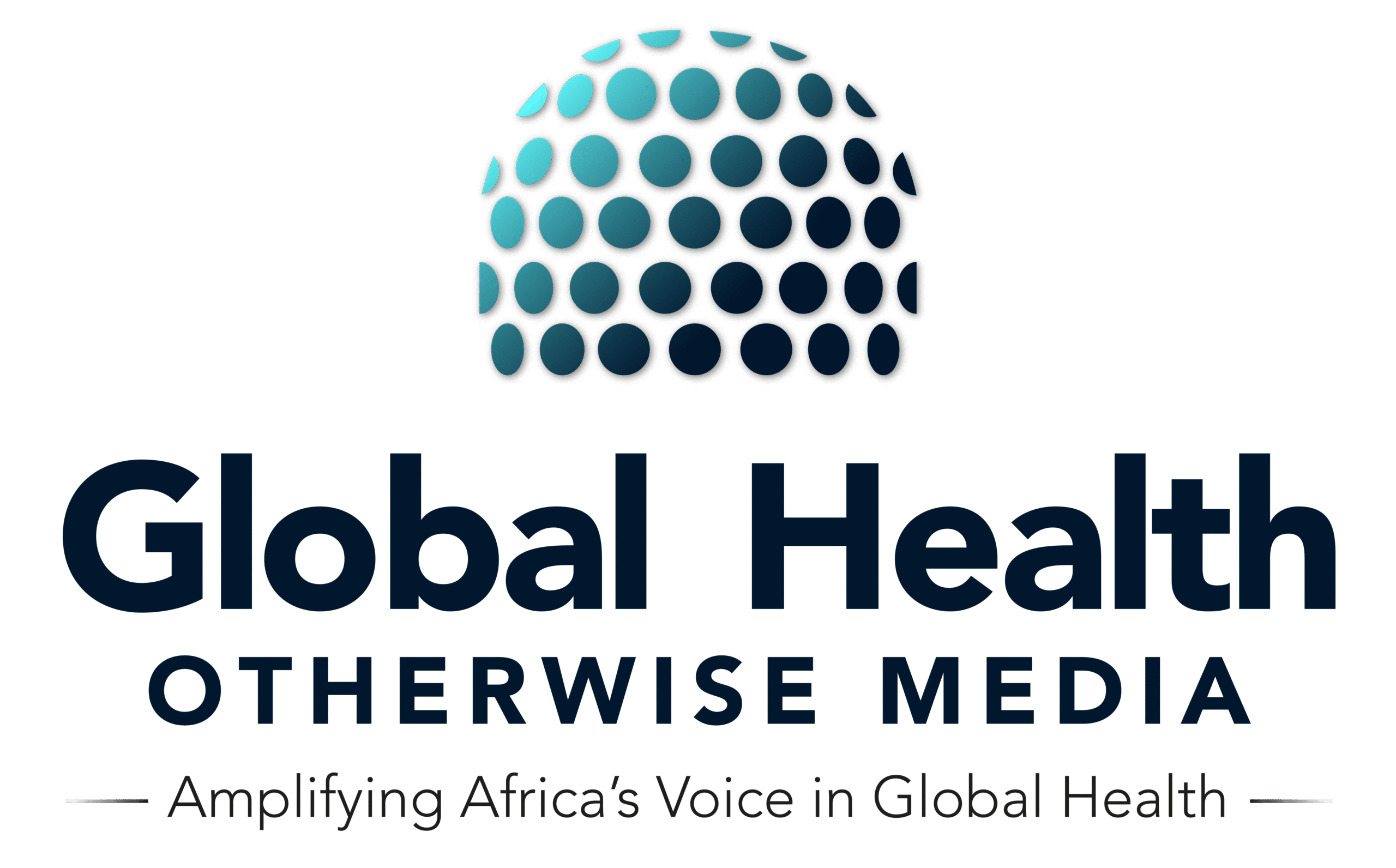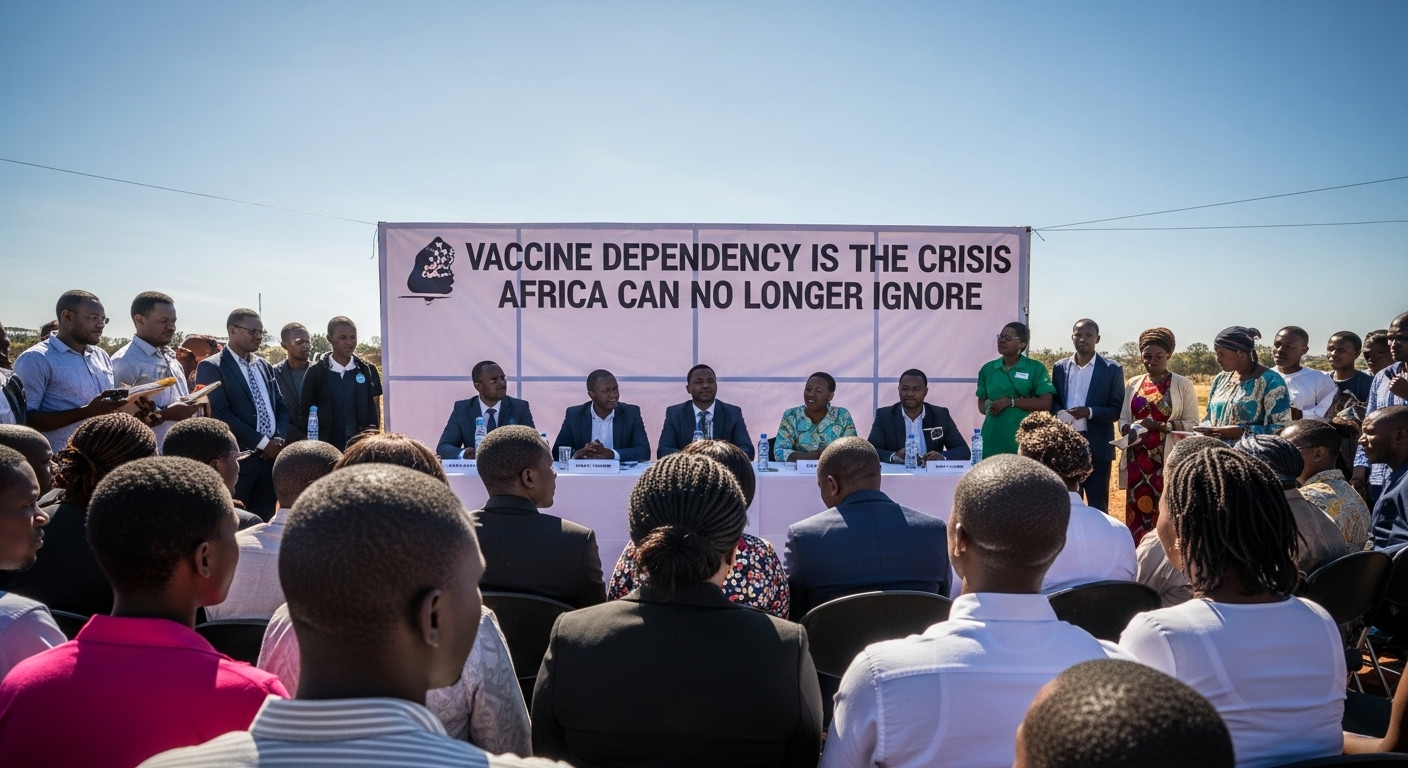In March 2021, as freezers in Canada brimmed with enough COVID-19 vaccines to shield its population five times over, a very different scene unfolded thousands of miles away. In Ghana and Côte d’Ivoire, the arrival of a mere 600,000 doses was met with celebration, not because it was enough, but because it was something. The two nations stood at the front of Africa’s vaccine queue, yet what they received was barely a fraction of what others had in surplus.
This meager allocation served a combined population of approximately 58.3 million people, Ghana’s 30.8 million and Côte d’Ivoire’s 27.5 million inhabitants. These doses could barely cover 1% of their combined populations. The numbers scream a grim reality with Africa consuming 25% of global vaccines but producing less than 1% of what it consumes and importing over 99%.
Out of this crisis came a new kind of determination. The stark inequality exposed by the pandemic became a catalyst for change. The African Union set a bold target that by 2040, Africa should be able to produce 60% of the vaccines it needs, a dramatic shift from the current 1%. This is a clear sign that the continent is waking up to the importance of vaccine independence. No longer content to be the world’s charity case, Africa is building the systems and the factories needed to protect its own people.
The Price of Dependency
The COVID-19 pandemic exposed the devastating reality of global vaccine inequality. When the world’s first COVID-19 vaccines became available, wealthy countries quickly bought up massive quantities for their own populations, leaving poorer nations scrambling for leftovers. This created what many called “vaccine apartheid.” A situation where your chances of getting vaccinated depended largely on where you happened to live.
The numbers tell a stark story. Ghana and Côte d’Ivoire, like many African countries, did not receive their first small batches of COVID-19 vaccines until early 2021 through COVAX, the international program designed to ensure fair vaccine distribution. Meanwhile, rich countries had already secured enough doses to vaccinate their entire populations multiple times over and were planning booster shot campaigns before many African nations had even begun their initial vaccination efforts.
By late 2021, Europe had achieved 70% vaccination coverage, but most African countries were still struggling to reach even 20% of their populations. This left millions of people vulnerable to severe illness and death from a disease that could have been prevented. The human cost was enormous, but the economic damage was equally devastating.
When countries closed their borders to control the virus, Africa’s economy took a massive hit. Tourism, a crucial source of income for many African nations collapsed almost overnight. International trade was severely disrupted. The World Bank calculated that these disruptions cost African economies between $90-200 billion in 2020 alone, with Sub-Saharan Africa losing at least $115 billion in economic output.
The problems created by this vaccine inequality didn’t end with COVID-19. The focus on coronavirus vaccines and the strain on healthcare systems disrupted routine childhood immunization programs that protect against diseases like polio, measles, and other preventable illnesses. These disruptions had serious consequences that are still playing out today. Between January 2023 and June 2024, health officials detected 74 outbreaks of vaccine-derived poliovirus across 39 countries, with Africa bearing the heaviest burden. Nigeria was hit particularly hard, accounting for about 46% of all vaccine-derived polio cases worldwide in 2024, that’s 85 out of 182 total cases. In Ethiopia, vaccine shortages became so severe that emergency measles vaccination campaigns had to be halted in nearly 100 districts by June 2024, putting millions of children at risk of a disease that had previously been well-controlled.
This pattern reveals a troubling reality. When global health crises hit, the world’s most vulnerable populations often pay the highest price, not just during the immediate emergency, but for years afterward as the ripple effects continue to spread through their healthcare systems and communities.
Africa’s Manufacturing Renaissance
In spite of the prevalent issues, it’s not all grim, vaccine production data in Africa show that there could be some light at the end of the tunnel. As of February 2025, there are 25 active vaccine manufacturers across the African continent, up from just a handful before the pandemic. Africa’s current capacity to form, fill, finish up to 2 billion vaccine doses annually, primarily through reliance on imported antigens, far exceeding the current average annual vaccine demand of 1.3 billion doses.
Overtime, success stories are emerging across the continent. Rwanda’s BioNTech facility began mRNA vaccine production in 2022, becoming the first on the continent to manufacture this cutting-edge technology. In South Africa, Aspen Pharmacare has pivoted from producing Johnson & Johnson vaccines to developing their own formulations, while the Biovac Institute expanded capacity to 560 million doses annually. Senegal’s Institut Pasteur de Dakar, already producing yellow fever vaccines, is scaling up to manufacture vaccines for malaria and other endemic diseases.
In June 2024, USD 1.2 billion for the African Vaccine Manufacturing Accelerator (AVMA) was launched. This innovative financing mechanism will be available for over 10 years to accelerate the expansion of commercially viable vaccine manufacturing in Africa. Technology transfer agreements with European and Indian manufacturers are bringing know-how to African facilities, while partnerships between African institutions and global pharmaceutical companies are creating sustainable production ecosystems.
The Economic Imperative
Every year, African nations spend over $1 billion importing vaccines, a figure that could be redirected to fuel local economies, create jobs, and build lasting expertise. As such, investing in production could also save costs by cutting out shipping, reducing cold chain needs, and avoiding currency risks.
The cost-saving potential is immediate and tangible. Building local manufacturing eliminates the heavy financial burden of international shipping and cold chain logistics. It also shields countries from volatile currency fluctuations and supply chain delays that often accompany global procurement. The benefits go far beyond money. Vaccine sovereignty is health security. It means Africa can respond quickly to outbreaks, reduce its dependence on foreign aid, and protect itself from being pushed to the back of the line in global crises.
The Path Forward Demands Action Now
Reaching vaccine independence will take bold coordination and serious investment. To hit the 2040 target, Africa needs to produce 73 times more vaccines than it does today, and that means action must start now. One of the biggest priorities is streamlining regulations. The African Union must fast-track the African Medicines Agency’s harmonization efforts to cut through the maze of 54 separate regulatory systems. Intellectual property rules also need to evolve to allow technology transfer while still protecting innovation. Infrastructure cannot wait, countries need to build cold chain systems, upgrade labs, and strengthen quality control.
Equally vital is investing in people. Africa must train the next generation of vaccine scientists, technicians, and regulators. Strong partnerships between universities and manufacturing hubs will be essential in bridging this talent gap. Governments must provide clear regulations and solid infrastructure while private companies bring in investment and expertise. Regional vaccine purchasing can help guarantee steady demand, and development finance institutions need to put vaccine manufacturing at the top of their funding priorities.
Securing Africa’s Health Future
Today, somewhere in Lagos, Nairobi, or Kampala, a child receives a vaccine that traveled thousands of miles from a factory whose executives have never set foot on African soil. Tomorrow, that same child could receive a vaccine manufactured by African scientists, using African resources, protecting African lives with African-made solutions.
An Africa that protects its own has never been more achievable. The question is not whether Africa can achieve vaccine sovereignty, but whether its leaders have the courage to seize this historic opportunity before the next crisis tests their resolve.

